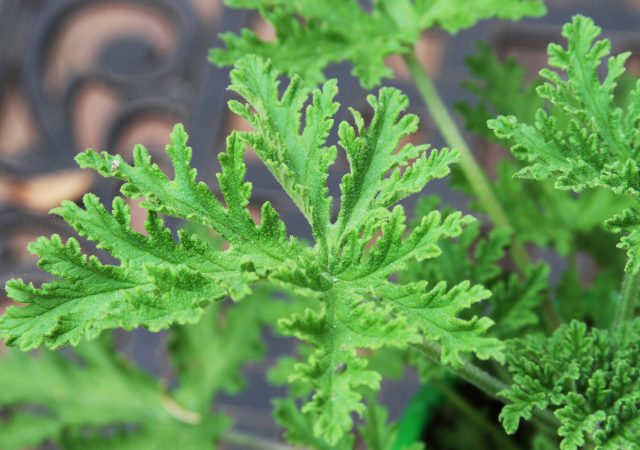If you have had problems in the past with beetles, or you can already see them helping themselves to your plants, what are your options? You have several. There are natural and chemical options to destroy these bugs before they get too out of control. One method recommended by several universities is actually shaking the bugs off the leaves and into a bucket of soapy water. It’s best to do this in the morning when the beetles are sluggish.
Using an organic or chemical spray is the next option. With any of these, its recommended that the application is done when the beetles are most active, there is minimal to no wind, when bees are not present (they’re the good guys!), and to apply the spray to the top and bottom leaves of the plant at risk.
For an organic spray choice, Sunnyside Garden offers Captian Jacks’ Dead Bug Brew Ready-to-Use. This versatile spray works great on fruiting and leafy vegetables, cole crops, apple trees, and blueberries- just to name a few! This spray takes care of beetles, as well as several other pests that may try to interfere with your garden’s beauty.
Sunnyside Gardens offers chemical treatments for Japanese beetles too.
Sevin is a ready-to-use spray that kills over 100 insect pests. The spray can be used on ornamentals, flowers, fruits and vegetables. Â Sunnyside Gardens carries a 32 oz. bottle that is great for container gardening and small areas in the yard. A larger bottle of Sevin with a hose-end is great for spraying large areas or the whole yard. Sevin‘s website suggests placing a plastic sheet on the ground so that fallen beetles can be captured and destroyed. Vigorously shake small trees and shrubs early in the morning when beetles are sluggish, then apply Sevin spray.
A second spray that Sunnyside Gardens has on the shelf is Eight Insect Control Ready-to-Use by Bonide. This spay is great for use in and around the garden on vegetables, roses, flowers and ornamentals. It takes care of Japanese Beetles, plus over 100 others. Eight recommends spraying affected plants generously, taking care to make contact with dense foliage.
There are several solutions to Japanese Beetle problems. At Sunnyside Gardens we are here to answer your questions, and provide you with the products you need to get the job done!
Biography:
Japanese beetles were accidently introduced in the United States in 1916, via a Iris shipment from Japan. Oddly, these beetles are not so much a pest as they are here. Not sure if you have them in your yard? Here’s a couple signs of their presence: leaves have a skeletonized look to them, bugs are shiny green-metallic beetles with tiny tufts of white hair along each side of abdomen, and lastly leaves may turn brown and die.
Adult Japanese beetles are most active mid-June through August. They prefer to feed during the day versus early morning to late night hours. Japanese Beetles produce an odor while feeding that actually attracts more beetles to your yard. During this intense 6-8 week period, females can lay up to 60 eggs!
Adults are likely to enjoy common plants and trees found in our neighborhood including: Linden tree, apple, flowering crabapple, hollyhock and roses. (For a complete list, and more detailed information, visit the U of M’s website)
Use with Caution:
With any type of spray, it’s recommended that the application is done when the beetles are most active, there is minimal to no wind, when bees are not present (they’re the good guys!), and to apply the spray to the top and bottom leaves of the plant at risk.





